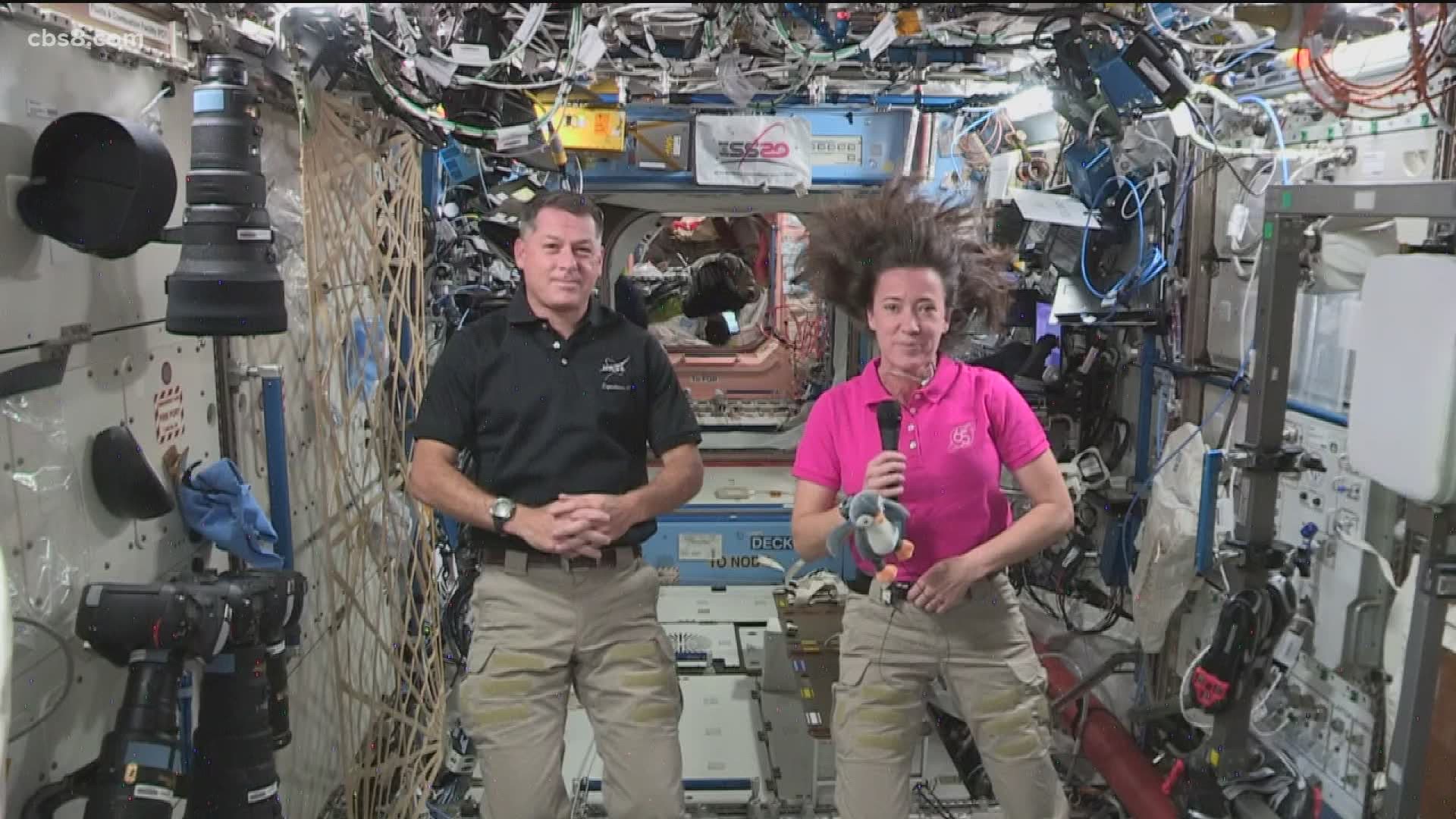TYLER, Texas — Did you know you can see the International Space Station (ISS) pass overhead from several thousand worldwide locations?
It is the third brightest object in the sky and easy to spot if you know when to look up. Visible to the naked eye, the ISS looks like an airplane or a very bright star moving across the sky, except it doesn't have flashing lights or change direction. It will also be moving considerably faster than a typical airplane (airplanes generally fly at about 600 miles (965 km) per hour; the space station flies at 17,500 miles (28,000 km) per hour).
If you live in East Texas, here are the upcoming times and coordinates for when and where you can see the ISS through Saturday, June 12:
- Wednesday, June 2 - 9:34 p.m.; Visible for 5 minutes; Appears 10° above NNW; Disappears 22° above ESE
- Thursday, June 3 - 10:23 p.m.; Visible for 3 minutes; Appears 10° above WNW; Disappears 23° above SW
- Friday, June 4 - 9:36 p.m.; Visible for 5 minutes; Appears 10° above WNW; Disappears 23° above SSE
- Sunday, June 6 - 9:39 p.m.; Visible for 3 minutes; Appears 10° above W; Disappears 10° above SSW
The space station is Earth's only microgravity laboratory. This football field-sized platform hosts a plethora of science and technology experiments that are continuously being conducted by crew members, or are automated. Research aboard the orbiting laboratory holds benefits for life back on Earth, as well as for future space exploration. The space station serves as a testbed for technologies and allows us to study the impacts of long-term spaceflight to humans, supporting NASA's mission to push human presence farther into space.
The space station is visible because it reflects the light of the Sun – the same reason we can see the Moon. However, unlike the Moon, the space station isn't bright enough to see during the day. It can only be seen when it is dawn or dusk at your location. As such, it can range from one sighting opportunity a month to several a week, since it has to be both dark where you are, and the space station has to happen to be going overhead.
Click here to access the ISS live tracking map.

